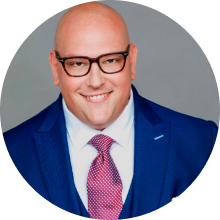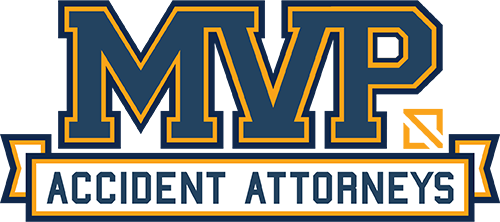
What is pain and suffering in a california personal injury case?
How do attorneys estimate the amount of pain and suffering damages in a case?
When someone is injured due to the negligence of another individual or entity, the victim may be entitled to receive compensation for their injuries.
In California, compensation may include lost wages, medical expenses, and even compensation for pain and suffering.
What is “pain and suffering” in a California personal injury case?
In California, there are two main types of damages:
-
- Economic damages represent the monetary losses caused by your accident. These damages, which include lost wages and medical expenses, are objective and easily verifiable using documents such as medical bills and paystubs.
- Non-economic damages represent the non-monetary losses caused by your accident. These damages are subjective and difficult to verify.
Pain and suffering is a type of non-economic damage.
To put it simply, pain and suffering damages attempt to compensate a victim for the physical pain and mental anguish they suffered as a result of their accident. Documentation for such damages may not be readily available. Often, friends and family members are called to testify about the pain and mental anguish suffered by their loved ones.
Pain and suffering can be part of a lawsuit in California for most personal injuries, including:
-
- Car accidents
-
- Intentional torts
-
- Medical malpractice
-
- Wrongful death
-
- Slip and fall (i.e., premises liability)
- Defective products
California does NOT permit pain and suffering damages in workers' compensation claims.
Who is eligible to receive pain and suffering damages?
To receive pain and suffering damages, victims of an accident must be able to prove they sustained an injury that caused pain and suffering. In most cases, if the victim only sustained a minor injury, they will not receive pain and suffering damages.
Proving pain and suffering can be accomplished through:
-
- Testimony from witnesses such as family and friends
-
- Expert witnesses
-
- Medical records
-
- Video recordings
-
- Victim statements
- Pictures documenting injuries
When there is a sufficient amount of proof to demonstrate that you have experienced pain and suffering as a result of the accident in question, you may be eligible to receive pain and suffering damages.
Calculating pain and suffering damages in California
There is no set formula for determining the pain and suffering damages available in a particular case. Each case is different and the amount of pain and suffering damages awarded will depend on a number of factors, including:
-
- The nature of the accident
-
- The nature of the injuries
-
- The strength of the evidence
-
- The age and likeability of the plaintiff
- The geographic location of the jury and courthouse
Unlike some states, California doesn’t place a cap (i.e., limit) on the amount of compensation a plaintiff can receive for pain in suffering in personal injury cases. There is, however, a cap on medical malpractice cases. The current cap for medical malpractice cases is $250,000, but a recently proposed bill would raise the cap to at least $350,000.
When estimating the amount of pain and suffering damages in a particular case, many attorneys use a simple formula. The formula involves multiplying the economic damages suffered by the victim by three. In cases that involve permanent or severe injuries, economic damages may be multiplied by five.
In some instances, a per diem formula may be used instead of a multiplier formula. With a per diem formula, a personal injury lawyer representing a plaintiff may ask for a daily rate to be assigned by the jury for the pain and suffering experienced by the plaintiff. That daily rate is then multiplied by the number of days the victim has experienced pain and suffering, including any future days that pain and suffering may be expected to continue.
Meeting with a personal injury attorney
If you or someone you care about has been injured in an accident due to negligence, it’s a good idea to meet with an attorney who has experience handling personal injury cases. An attorney can help negotiate a settlement or take the defendant all the way to trial so you can be sure to receive all of the damages you deserve.
At MVP Accident Attorneys, initial consultations are free.
Author

Brett Sachs
Brett S. Sachs graduated from Michigan State University College of Law with Cum Laude Honors. While attending Michigan State, Brett was awarded for his service in the Michigan State University College of Law Civil Rights Clinic, where he represented prisoners of the Michigan Department of Corrections from injustices brought upon them. Learn more.
Top-Rated Lawyers

Lizbhett Rodriguez
Jason Acosta

When You’ve Been Injured
Personal Injury Law

